Are you a real history buff and are you looking for the best history museums to visit in Castile-La Mancha? These are the ones:

Museum of Santa Cruz
ToledoThe Museum of Santa Cruz is a significant cultural institution located in the historic centre of Toledo, Spain. It is an art, archaeology, and ethnographic museum that showcases collections related to the province of Toledo. The museum is a great place for tourists who are interested in art, history, and culture.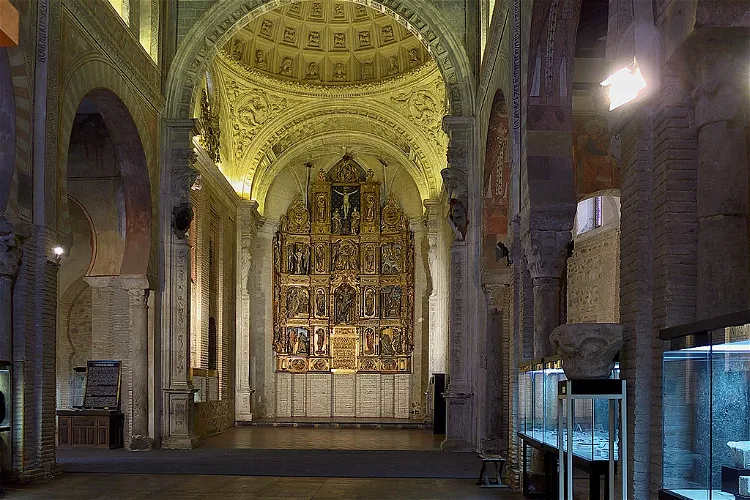
Church of San Román
ToledoThe Iglesia de San Román is a significant historical site in Toledo, Spain. Constructed in the 13th century, the church is a prime example of the Mudéjar architectural style, a unique blend of Christian and Islamic influences that is characteristic of the period. The church's design and construction reflect the cultural and religious diversity of Toledo during the Middle Ages.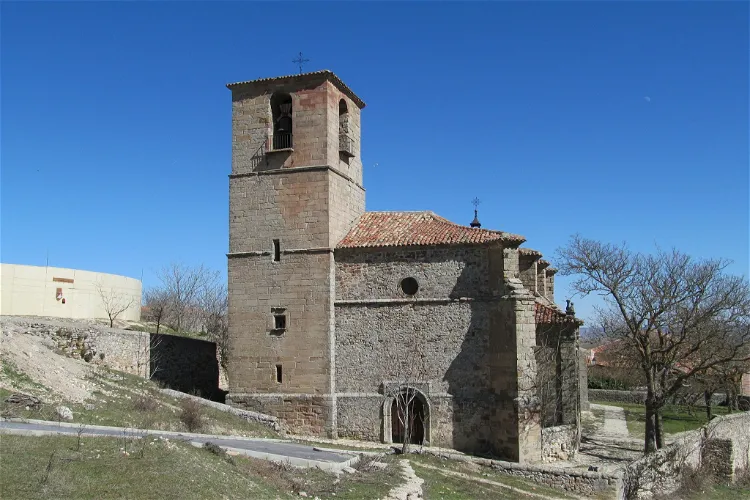
Church of the Holy Trinity
AtienzaThe Church of the Holy Trinity, located in Atienza, is a Romanesque style Catholic church that dates back to the late 12th century. This historical monument offers a glimpse into the architectural style and religious practices of the period. Its unique design and historical significance make it a point of interest for tourists visiting Atienza.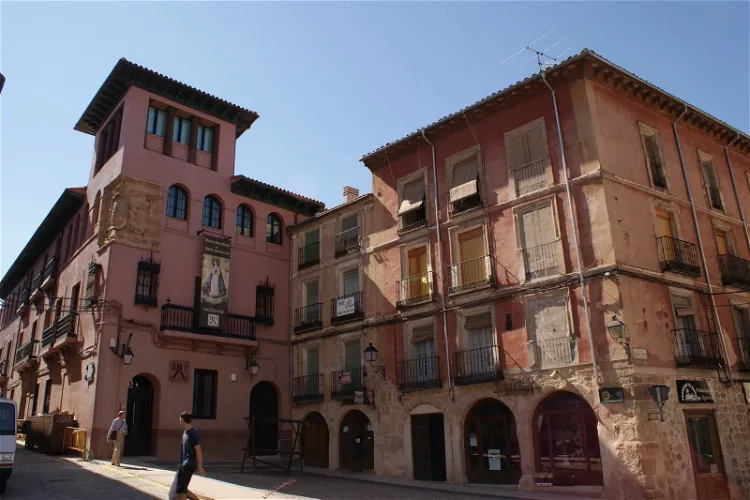
Diocesan Museum
SigüenzaThe Diocesan Museum of Ancient Art in Sigüenza is housed in a 16th-century neoclassical mansion known as the 'Antigua Casa de los Barrena'. This historic building is conveniently located in the heart of the city of Sigüenza, directly opposite the cathedral. This central location makes it easily accessible for tourists visiting the city.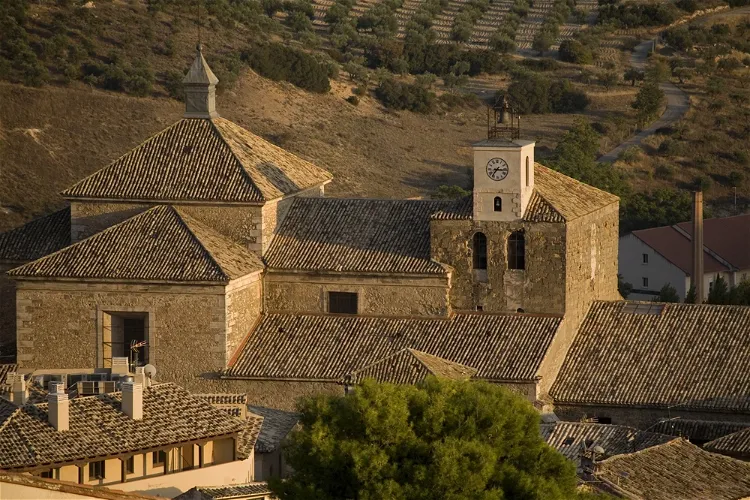
Collegiate Church
PastranaThe Collegiate Church of the Assumption is not just a place of worship, but also a museum housing a significant collection of tapestries and a wide variety of art pieces. These include paintings, altars, goldsmithing elements, and reliquaries. This diverse collection provides a comprehensive overview of the artistic and cultural richness of the region.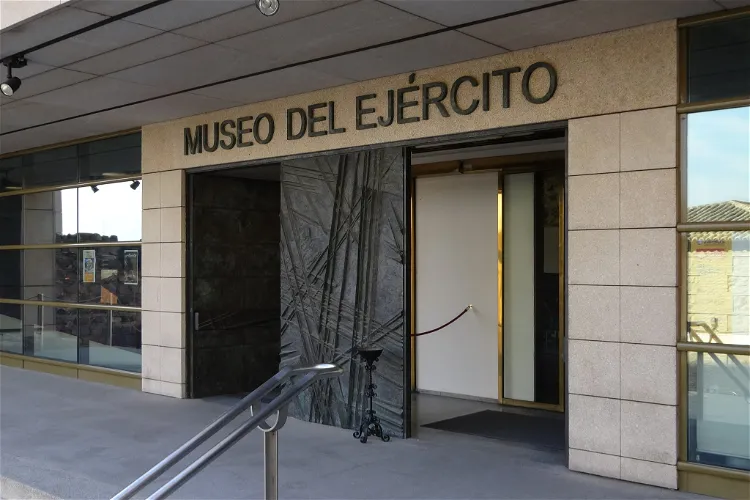
Army Museum
ToledoThe Museum of the Army is a national institution situated in Toledo, Spain. It is officially attached to the Ministry of Defence. This museum is a significant part of the country's cultural heritage and offers a comprehensive insight into the history of the Spanish military.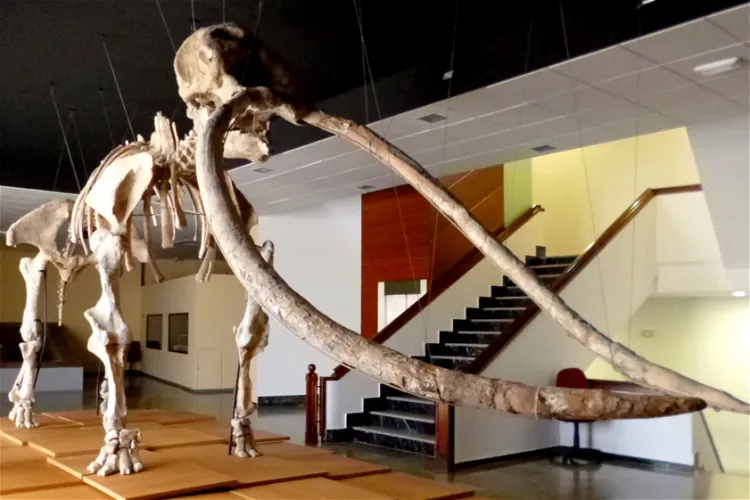
Provincial Museum of Ciudad Real
Ciudad RealThe Provincial Museum of Ciudad Real is divided into three sections: Paleontology, Archaeology, and Fine Arts. These sections are housed in two separate buildings, each offering a unique perspective on different aspects of history and culture. The Paleontology section features fossil remains from various provincial sites, allowing visitors to journey through geological periods from the Cambrian to the Quaternary. The Archaeology section continually expands due to materials from ongoing excavations throughout the province. The Fine Arts section showcases works of painting, sculpture, goldsmithing, and ceramics from the 16th to the 18th century.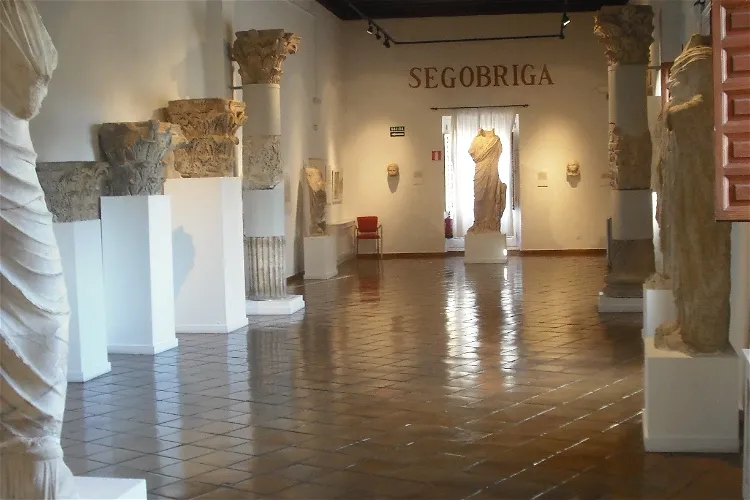
Museo de Cuenca
CuencaThe Museo de Cuenca, located in the historic Casa del Curato in the old town of Cuenca, Spain, offers visitors a unique opportunity to explore the rich history and culture of the region. The museum's location in the heart of the old town makes it easily accessible and adds to the overall cultural experience.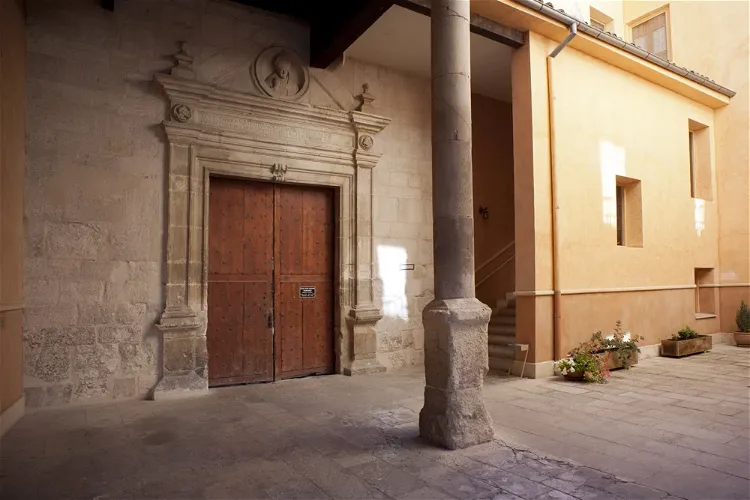
Episcopal Palace of Cuenca
CuencaThe Episcopal Palace is a significant historical building located in the Spanish city of Cuenca. It is home to the Diocesan Museum, which showcases a variety of religious artifacts and artworks. The palace itself is a testament to the city's rich history and architectural prowess, making it a worthwhile visit for those interested in history, architecture, and art.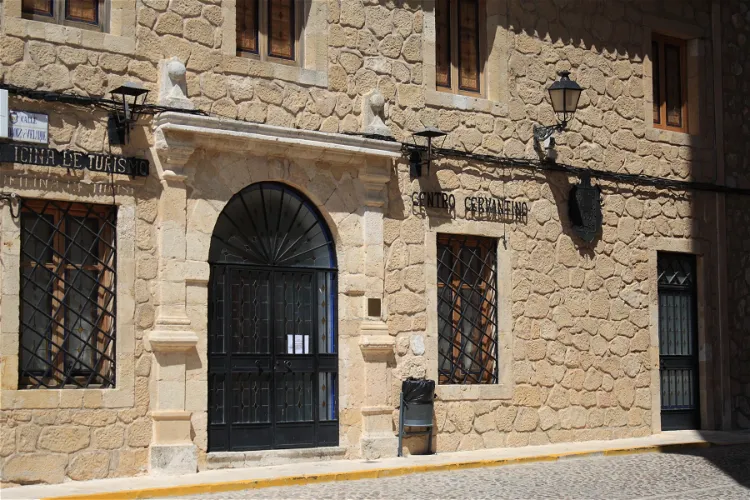
Cervantine Museum
El Toboso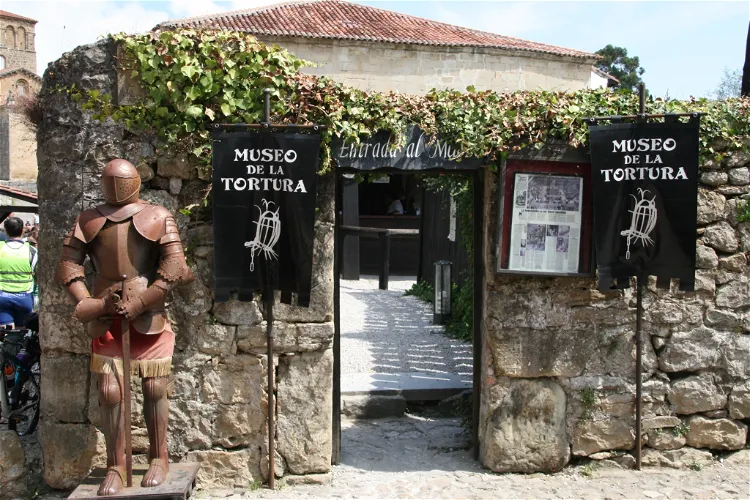
Museum of Torture
ToledoEl Museo de la Tortura, located in Santillana del Mar, Cantabria, is a private museum that showcases over fifty original torture and capital punishment instruments. These artifacts, which date from the 15th to the 19th centuries, provide a unique glimpse into Europe's historical methods of punishment.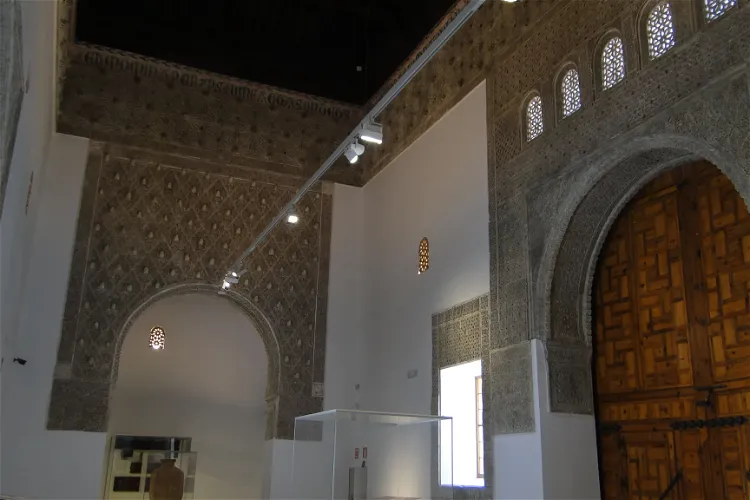
Taller del Moro Museum
ToledoEl Taller del Moro, located in the historic heart of Toledo, is a museum housed in a medieval building. This Mudejar-style structure is a testament to the city's rich history and cultural heritage. Visitors can explore the museum to gain insights into the city's past and appreciate the architectural beauty of the building.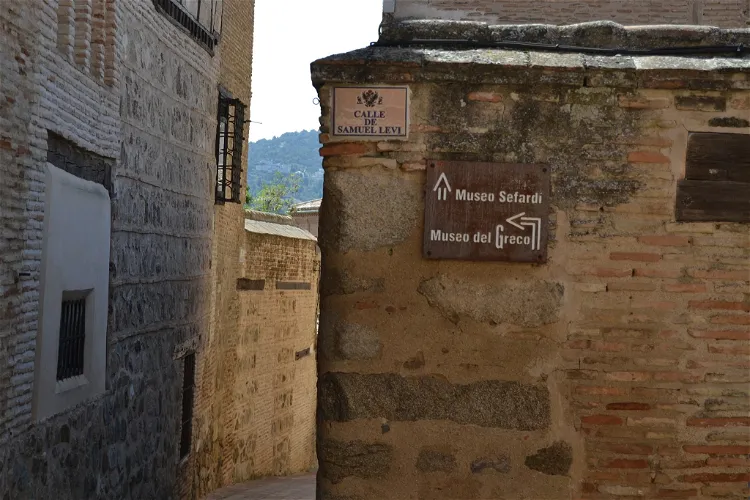
Sephardic Museum
ToledoThe Sephardic Museum, located in Toledo, Spain, is a national institution that showcases the rich Jewish cultural heritage of Spain. It also provides insights into the history and culture of the Sephardim, who are the descendants of the Jews who resided on the Iberian Peninsula until 1492. The museum is a testament to the enduring legacy of Jewish culture in Spain and offers a unique opportunity to explore this fascinating aspect of Spanish history.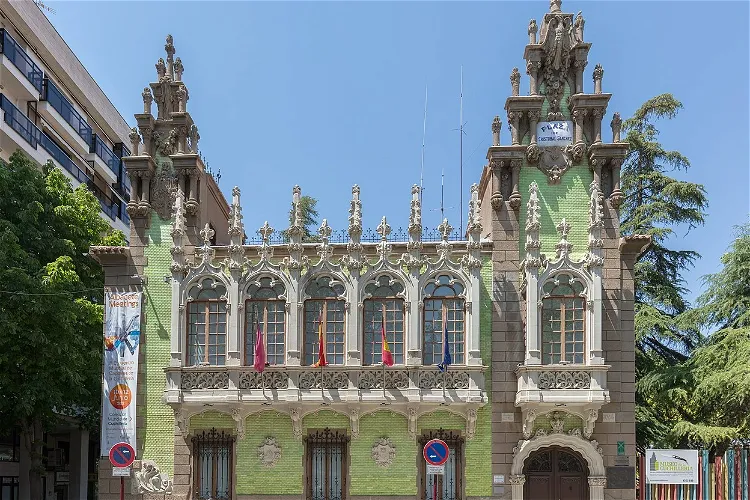
Municipal Museum of Cutlery
AlbaceteThe Municipal Museum of Cutlery in Albacete, also known as MCA, is a historical museum dedicated to the art of cutlery. It is located in the Spanish city of Albacete and is housed in the Hortelano house. This mansion, which dates back to the early 20th century, is situated in the central Cathedral square and was designed by the architect Daniel Rubio.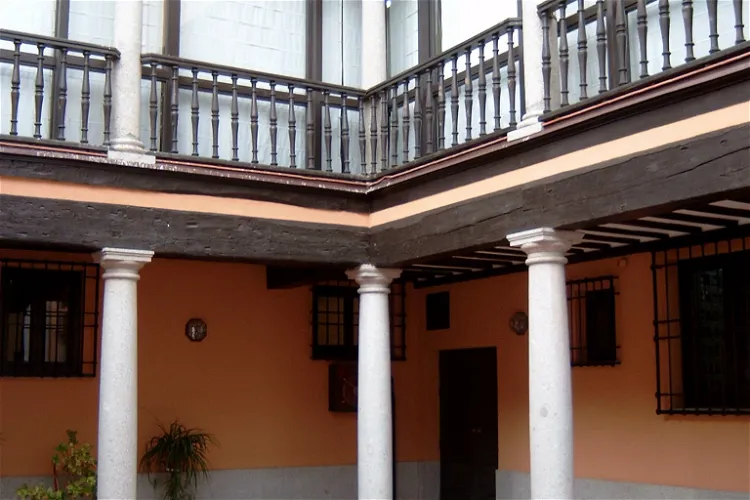
Toledo Municipal Archive
ToledoThe Toledo Provincial Historical Archive has a rich history that dates back to November 12, 1931, when it was created by decree. It opened its doors to the public in 1933, initially as part of the Santa Cruz Museum. In 1966, the archive was moved to the new House of Culture. It found its permanent home in 1992 in the former Dominican Convent of Jesus and Mary, which is located in the historic center of Toledo city. This location adds to the historical significance of the archive.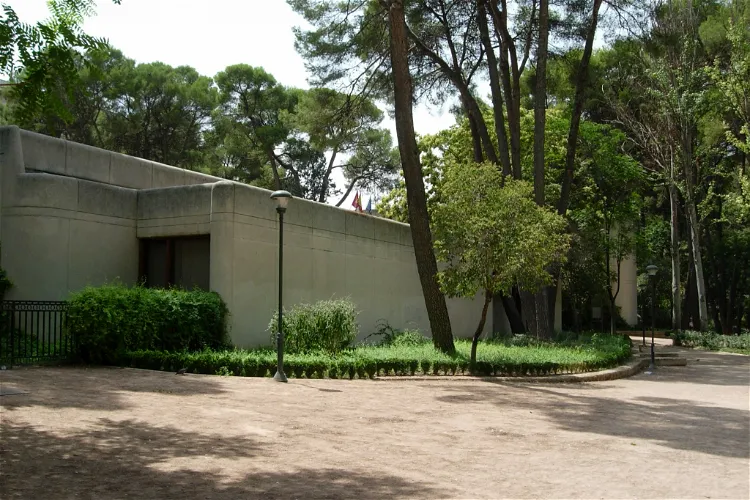
Albacete Provincial Museum
AlbaceteThe Albacete Provincial Museum, located in Albacete, Spain, is a renowned institution dedicated to the preservation and exhibition of archeology and fine art. The museum offers a unique opportunity to explore the rich cultural heritage of the region through its diverse collections.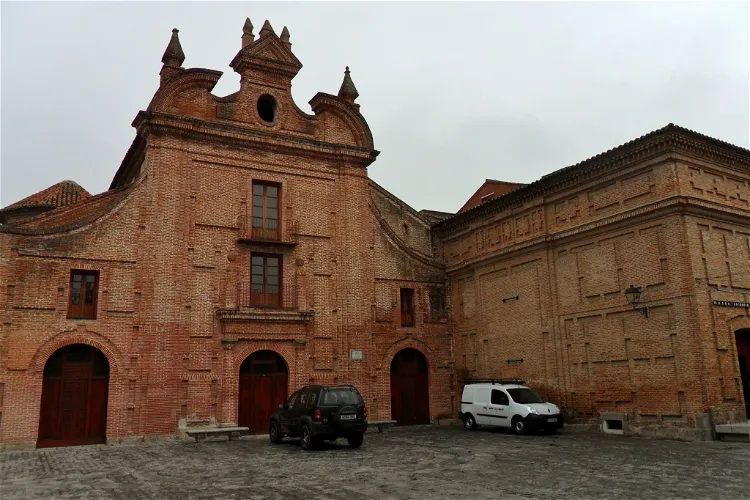
Ruiz de Luna Ceramic Museum
Talavera de la ReinaThe Ruiz de Luna Ceramic Museum is situated in the city of Talavera de la Reina, in the province of Toledo, Spain. This museum is a significant cultural landmark in the region, offering visitors a unique insight into the rich history and tradition of ceramics in the area.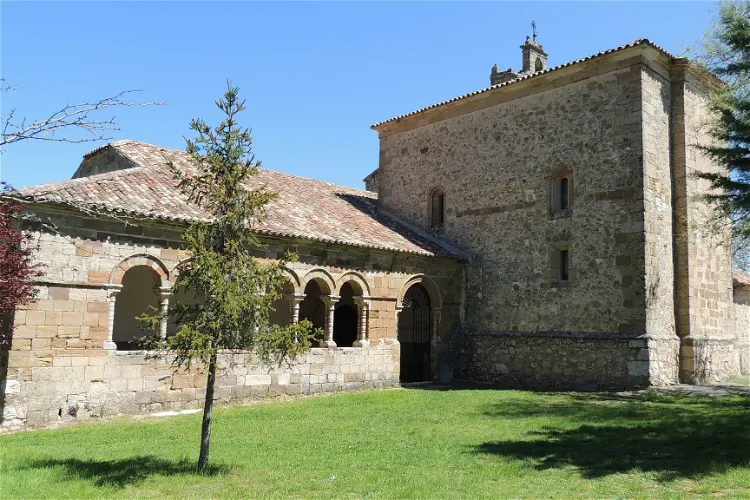
San Bartolomé Museum
AtienzaSan Bartolomé Church, a Romanesque style Catholic temple, is situated in the Spanish town of Atienza. This architectural gem is a testament to the rich history and cultural heritage of the region. Its unique design and historical significance make it a point of interest for tourists visiting Atienza.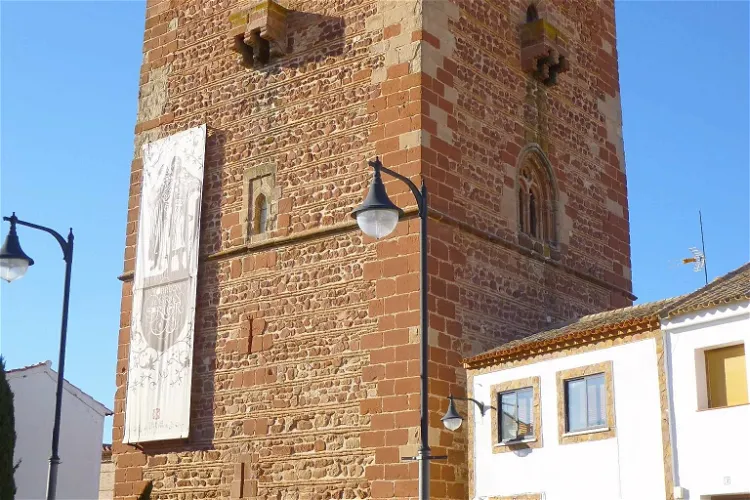
Tower of the Grand Prior
Alcázar de San JuanEl Torreón del Gran Prior, a fortified tower, is situated in the Spanish town of Alcázar de San Juan, in the province of Ciudad Real. This historical structure offers a glimpse into the past and is a significant landmark in the region.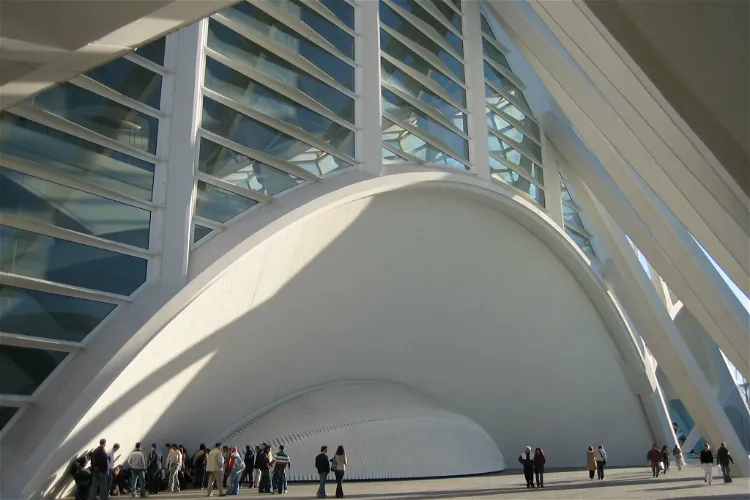
Museum of Spanish Magic
ToledoYou can see many interesting artifacts connected to Spanish legends and myths in this unique museum. Discover the folk beliefs!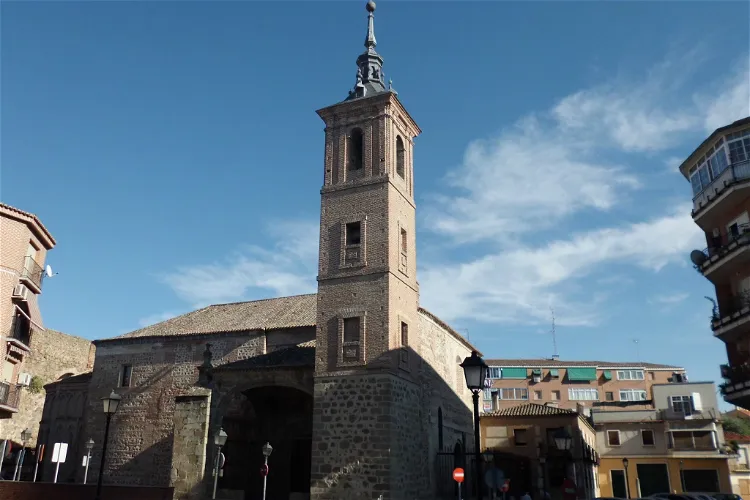
Centro Cultural El Salvador
Talavera de la ReinaThe Church of El Salvador de los Caballeros, also known as El Salvador, is a significant historical site located in the old Corredera del Cristo, on the outskirts of the city of Talavera de la Reina in Toledo, Castilla-La Mancha, Spain. This location offers visitors a glimpse into the rich history and architectural beauty of the region.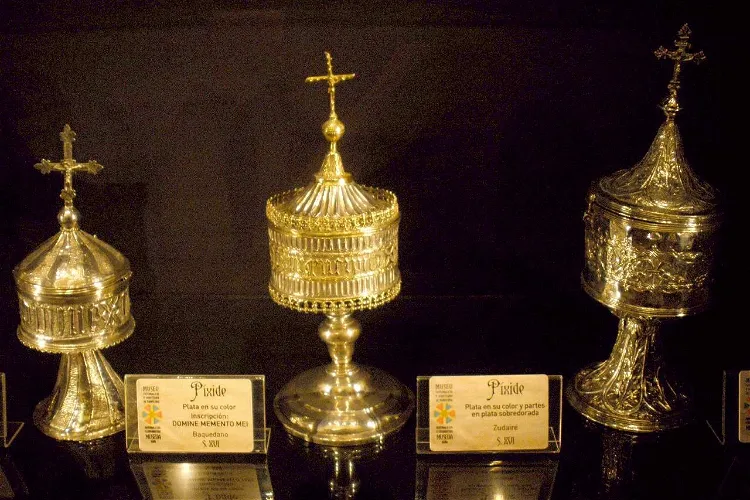
Cathedral Treasure Museum of Cuenca
Cuenca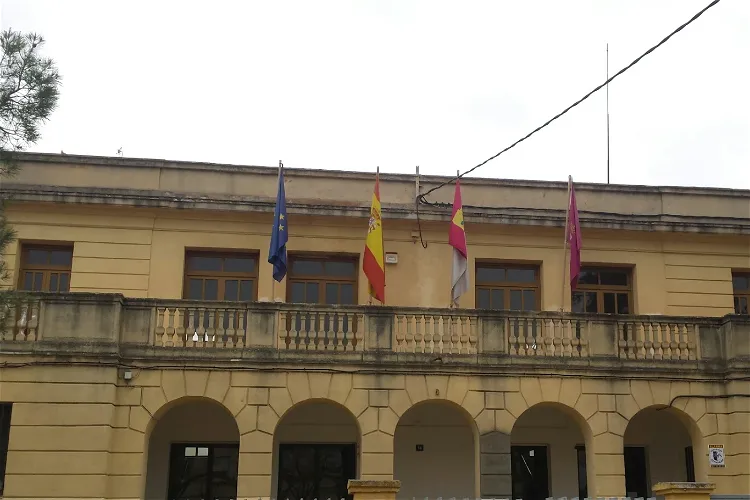
Pedagogic and Children of Castilla-La Mancha Museum
AlbaceteThe Children's Museum of Castilla-La Mancha is a unique institution located in the Spanish city of Albacete. It is dedicated to showcasing the history of childhood and education. Visitors can explore a variety of exhibits that delve into the past, providing a fascinating insight into the evolution of education and the experiences of children throughout history.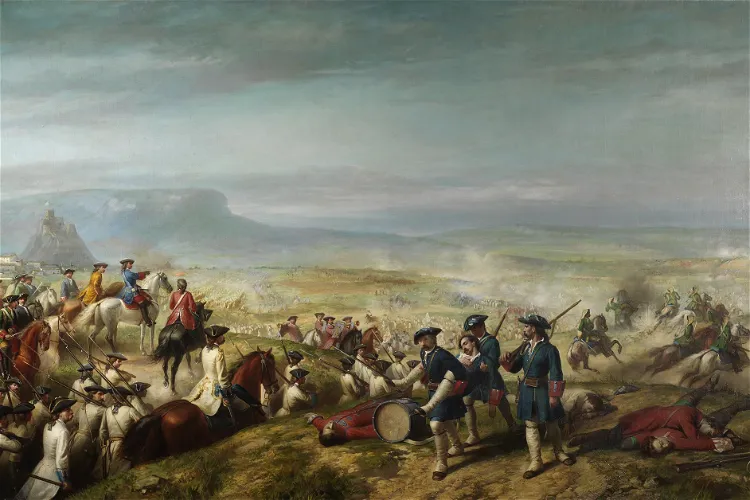
Almansa Battle Museum
Almansa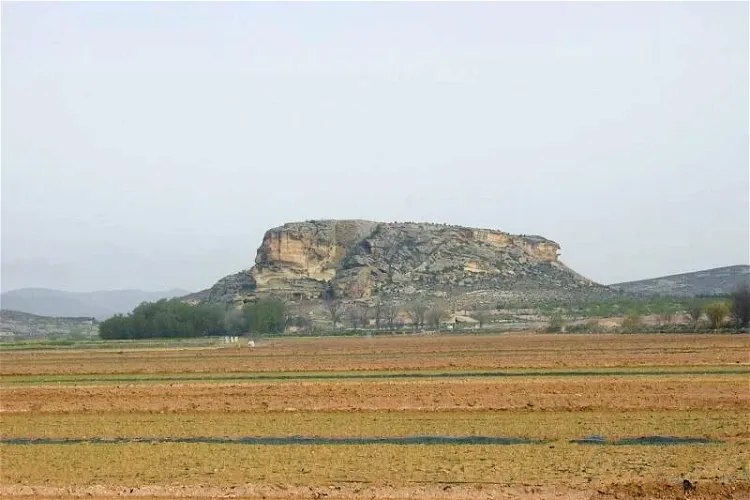
Tolmo de Minateda
HellínThe Tolmo de Minateda is an archaeological site situated in Hellín, Albacete, Spain. It has been under excavation since 1988 by a joint team from the University of Alicante and the Albacete Provincial Museum. This site offers a unique opportunity for tourists to explore the rich history and archaeological findings of the region.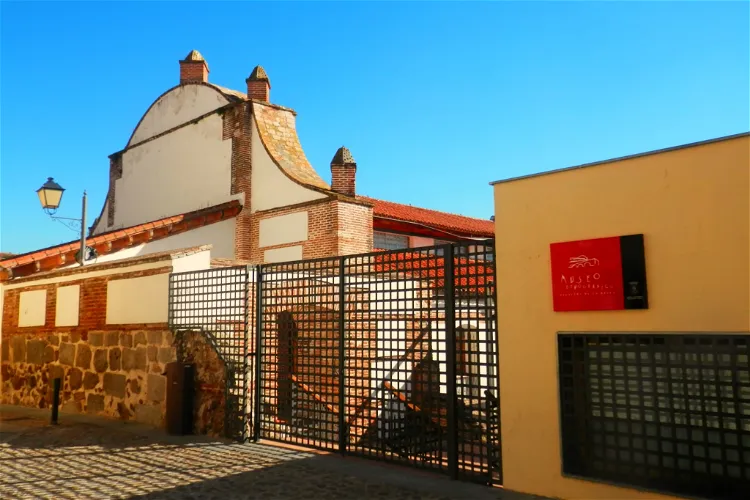
Talavera de la Reina Ethnographic Museum
Talavera de la Reina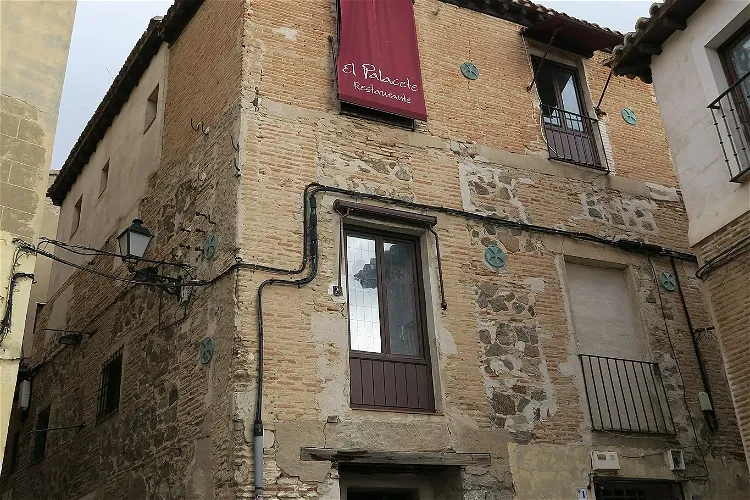
Museum of the Templars
ToledoThe Casa del Temple in Toledo, Spain, is a historical structure dating back to the 11th and 12th centuries. Its general structure is typically Andalusian, supported by the vaults of the basement and organized around a central courtyard. This architectural style is a testament to the rich cultural history of the region and provides a unique insight into the architectural practices of the time.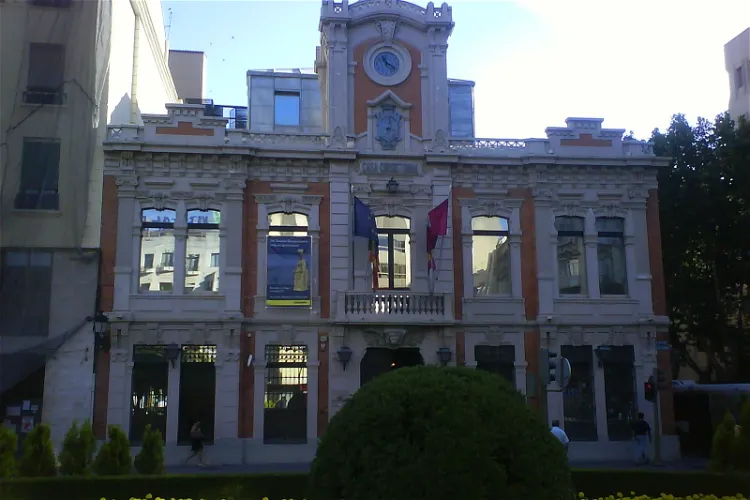
Municipal Museum of Albacete
AlbaceteThe Municipal Museum of Albacete is situated in the Altozano square, a central location in the Spanish city of Albacete. This location makes it easily accessible for tourists and locals alike. The museum is housed in the former city hall of Albacete, adding a historical touch to the museum's setting.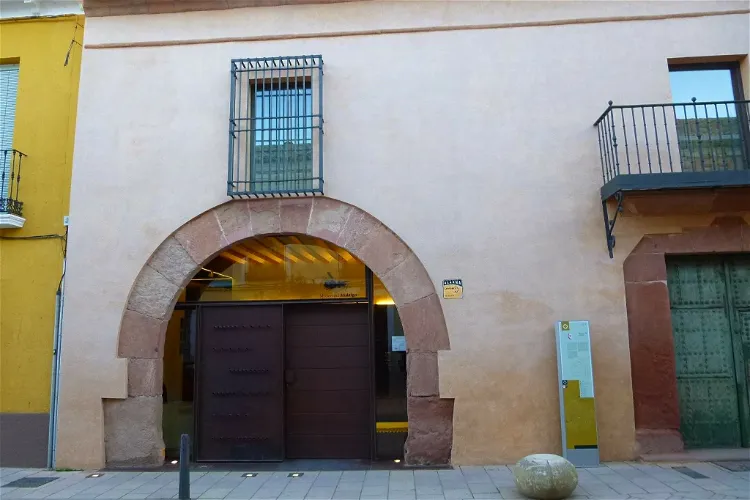
Casa del Hidalgo Museum
Alcázar de San Juan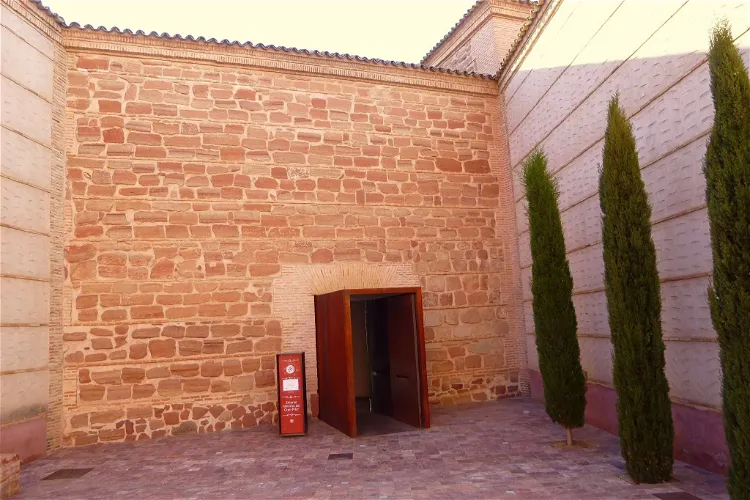
Palace Chapel Museum
Alcázar de San Juan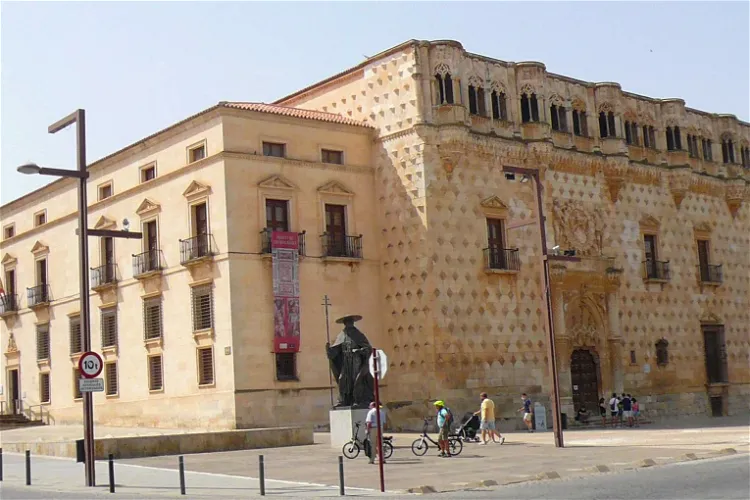
Palace of El Infantado
GuadalajaraThe Palace of El Infantado, located in the city of Guadalajara, Castile, Spain, is an urban residence that was commissioned by Íñigo López de Mendoza in 1480. This historical building is a significant part of the city's heritage and offers a glimpse into the past.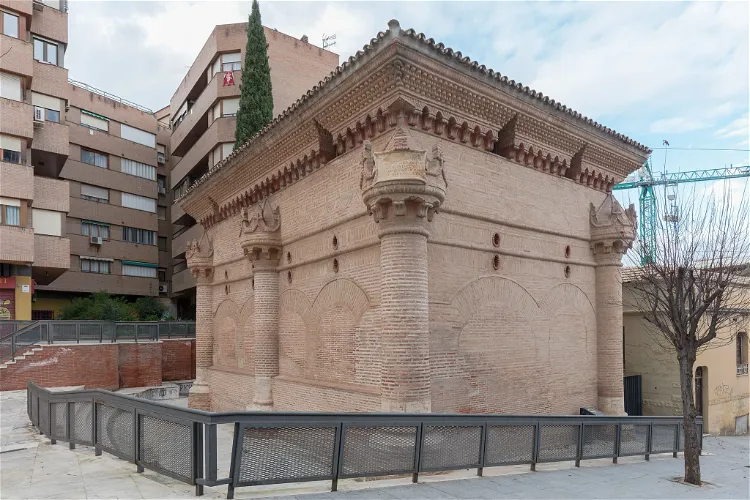
Chapel of Luis de Lucena
GuadalajaraThe Chapel of Luis de Lucena, also known as Nuestra Señora de los Ángeles or de los Urbina, is a significant historical site located in the Spanish city of Guadalajara. It was constructed in the mid-16th century by the humanist Luis de Lucena and was initially connected to the Church of San Miguel until its demolition in 1887. Since then, the chapel has stood as an isolated building, rich in history and cultural significance.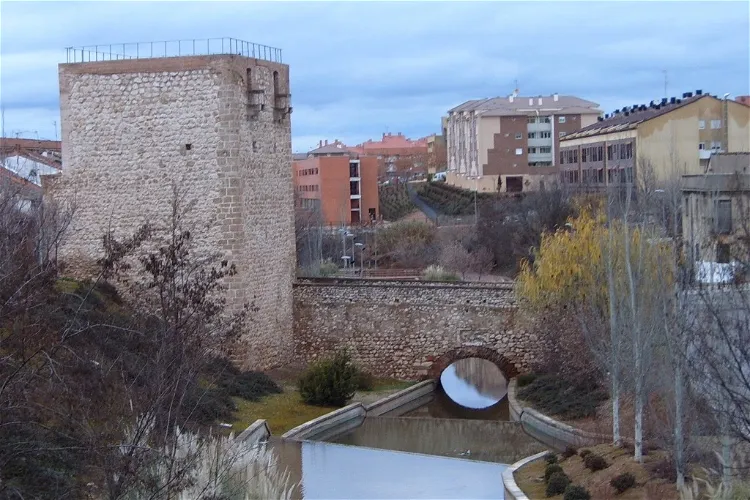
Tower of El Alamín
Guadalajara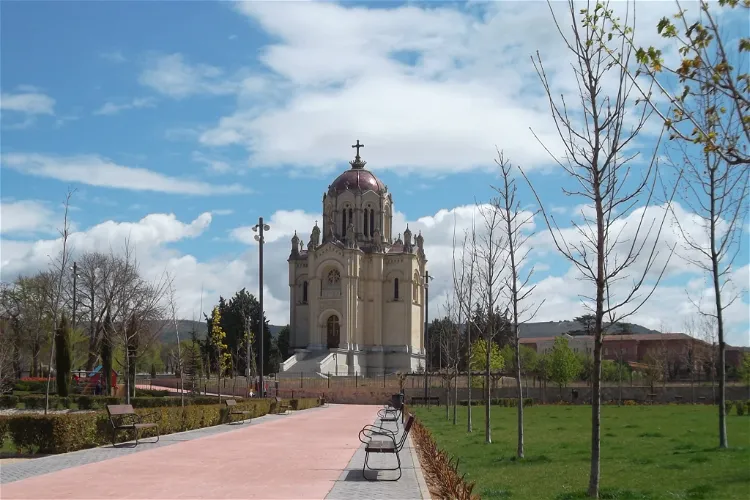
Pantheon of the Duchess of Sevillano
GuadalajaraThe Pantheon of the Countess of Vega del Pozo and Duchess of Sevillano is a significant monument in the Spanish city of Guadalajara. It was constructed between the years 1882 and 1916. This historical monument was commissioned by Doña María Diega Desmaissières y Sevillano, the Countess of Vega del Pozo and Duchess of Sevillano, in honor of her father and deceased family members who are buried there.
Palacio Lopez Villasenor
Ciudad RealThe López Villaseñor Museum is a significant cultural site in the capital of the province of Ciudad Real. It is situated in the old palace-house of Hernán Pérez del Pulgar and is dedicated to the renowned artist Manuel López Villaseñor. This location offers a unique blend of historical architecture and contemporary art, making it a fascinating destination for art and history enthusiasts.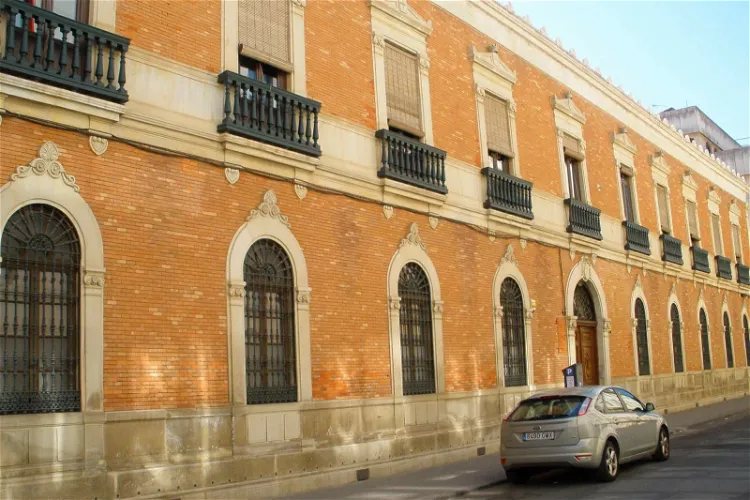
Diocesan Museum
Ciudad RealThe Diocesan Museum in Ciudad Real is a unique institution that collects, preserves, exhibits, and enhances the sacred works of the reference diocese. This museum serves as a repository of religious art and artifacts, providing a glimpse into the rich history and culture of the region. Visitors can explore a wide range of exhibits, from ancient liturgical objects to devotional items, all of which are recognized not only for their religious significance but also for their historical and artistic value.
Don Quixote Museum
Ciudad Real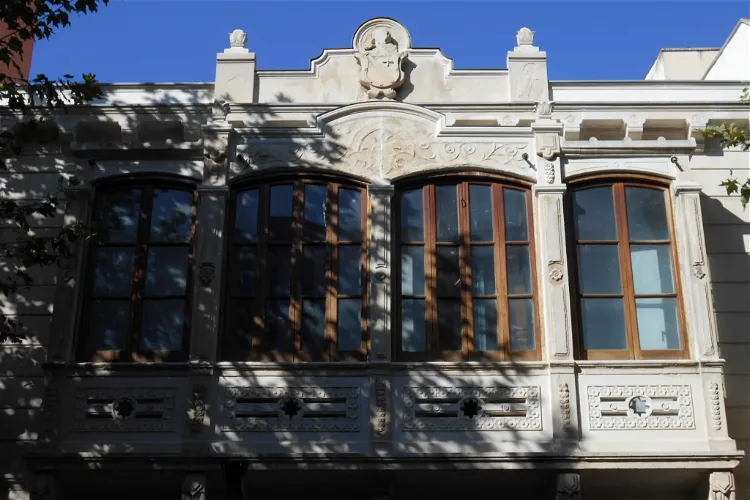
Elisa Cendrero Museum
Ciudad Real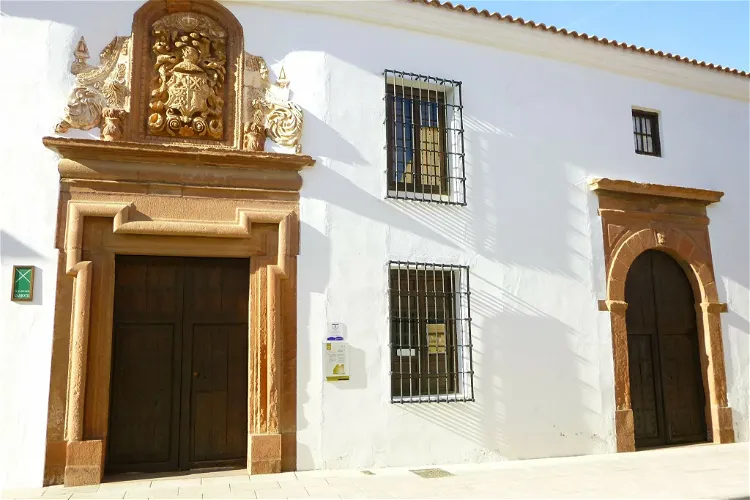
Municipal Museum of Alcázar de San Juan
Alcázar de San JuanThe Municipal Museum of Alcázar de San Juan, located in the old Posada de Santo Domingo in the Municipality of Alcázar de San Juan, is an archeology museum that also hosts contemporary art exhibitions. It is situated in the province of Ciudad Real, in the region of Castilla-La-Mancha, Spain.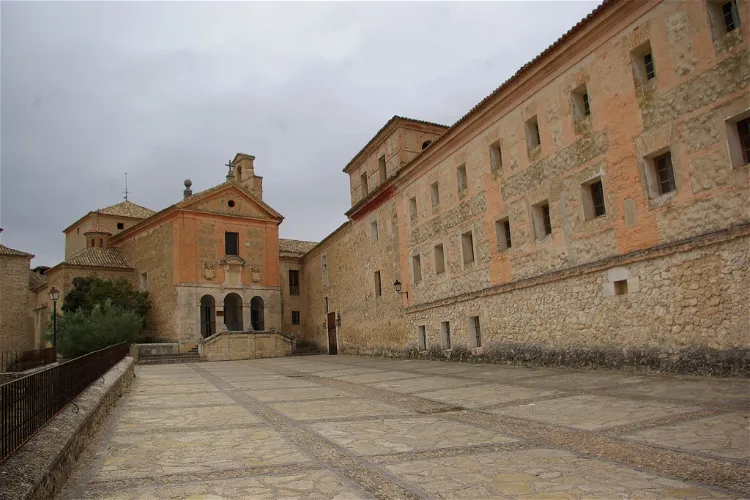
Museum of the V Centenary of Santa Teresa
Pastrana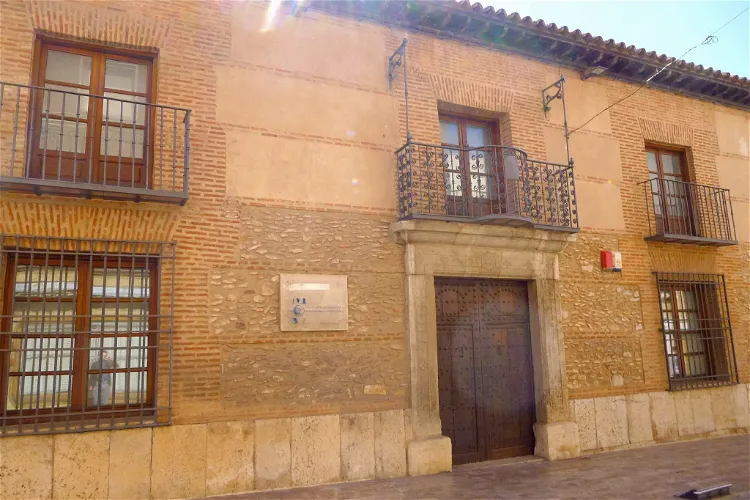
Municipal Museum of Valdepeñas
Valdepeñas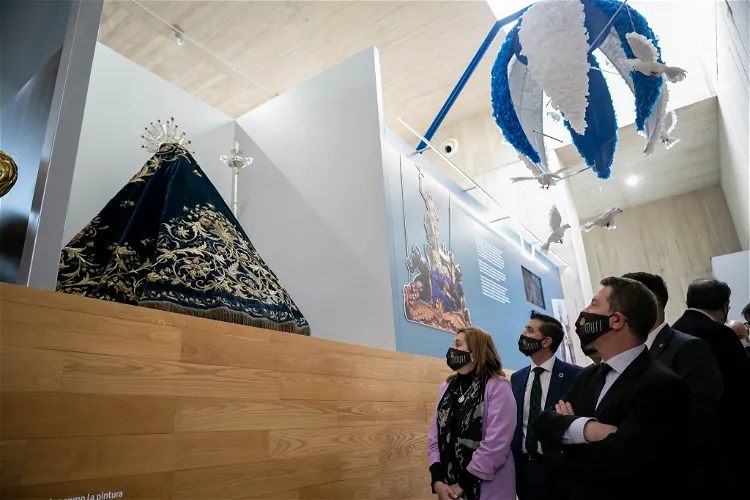
Holy Week Museum
Hellín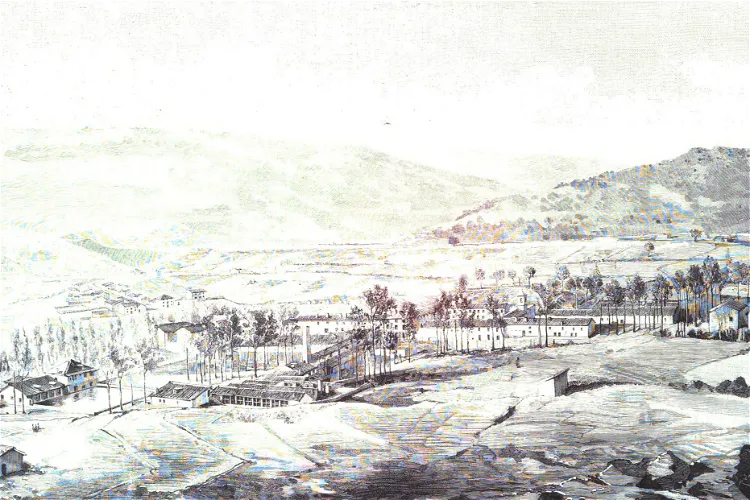
Museum of the Royal Factories of San Juan de Alcaraz
RióparThe Royal Factories of Bronze and Brass of San Juan de Alcaraz, located in the Sierra de Alcaraz, were established in 1773 by the Viennese engineer Juan Jorge Graubner. Graubner was drawn to the area by the existence of a calamine mine, a mineral from which zinc is extracted. This zinc was then melted with copper to create the alloy known as brass, which was the primary product of these factories.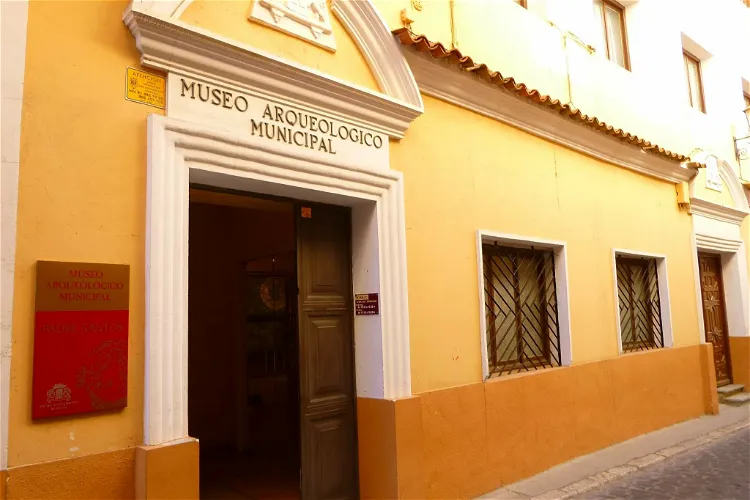
Museo Arqueológico Municipal
Ocaña
Cervantes Museum
EsquiviasThe Casa de Cervantes, located in Valladolid, Spain, is a museum dedicated to the life and works of the renowned Spanish author Miguel de Cervantes. This historic building was once the residence of the author, providing a unique insight into his life and times. It is important to note that this museum is not to be confused with other houses associated with Cervantes, such as his birthplace in Alcala de Henares and the museum in Esquivias.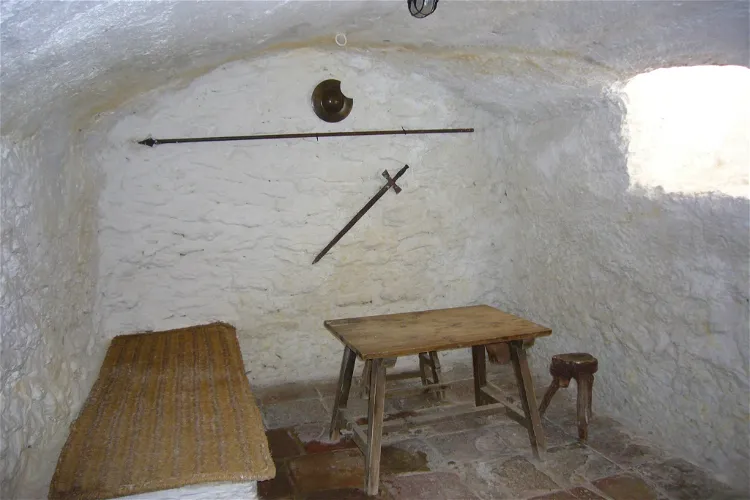
Centro Cultural Casa de Medrano
Argamasilla de Alba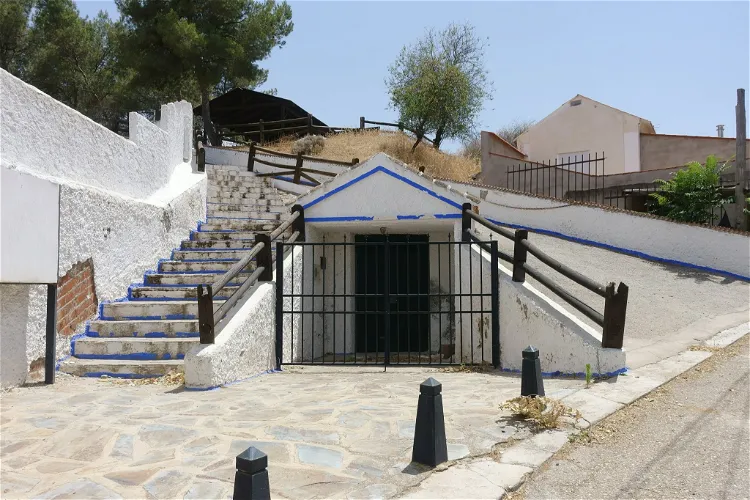
Cueva Museo Etnológico
El Romeral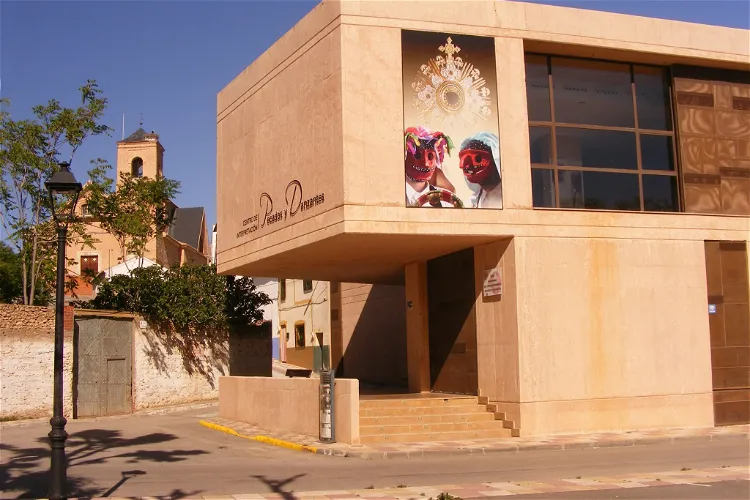
Centro de Interpretación Pecados y Danzantes
Camuñas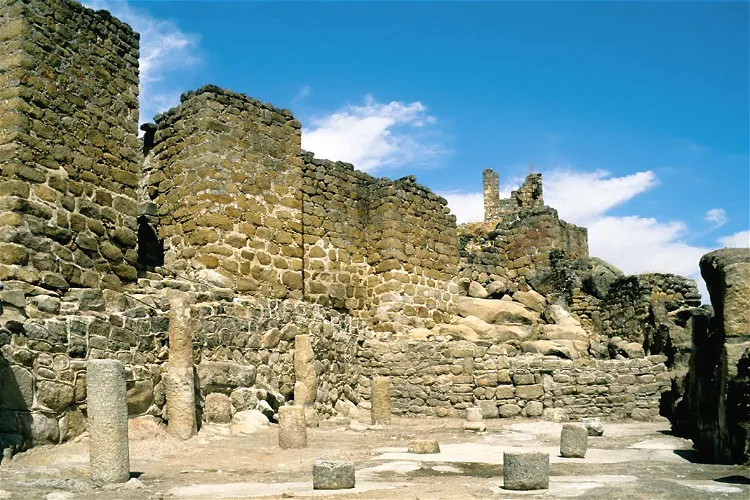
Centro de Interpretación de la Ciudad de Vascos
Navalmoralejo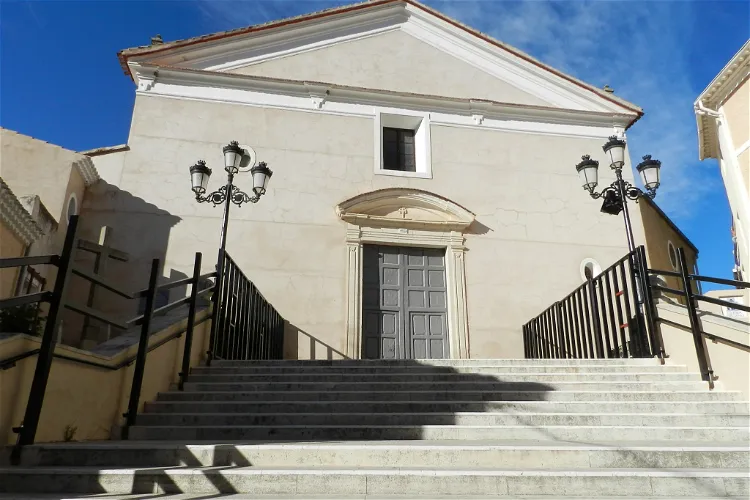
Santiago Apóstol Parochial Church
Liétor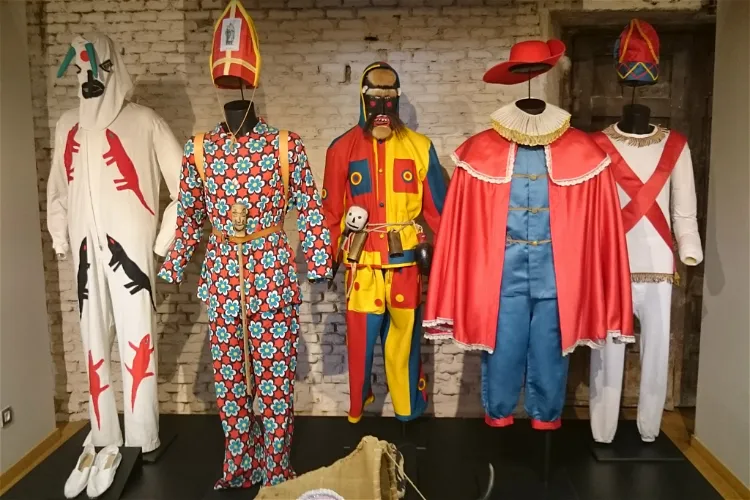
Museo de Historia y Costumbres de Arbancón
Arbancón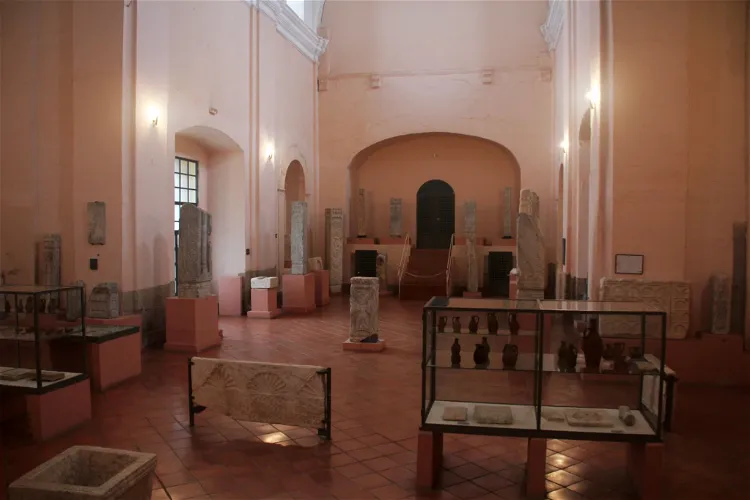
Visigoth Art Museum
Orgaz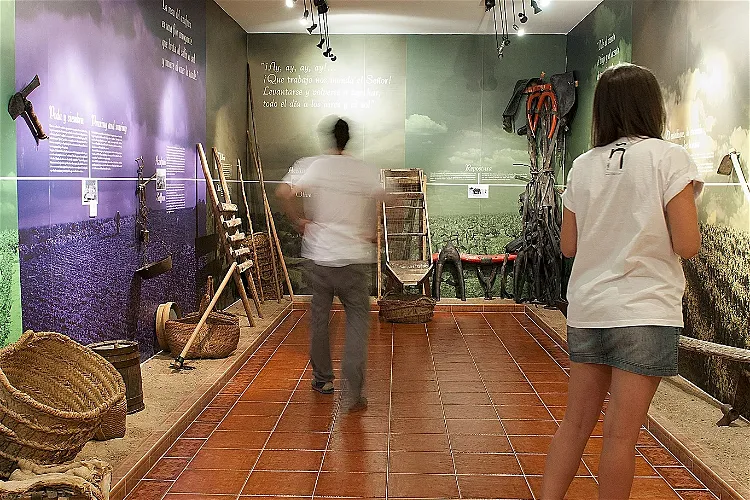
Museo La Rosa del Azafrán
La Solana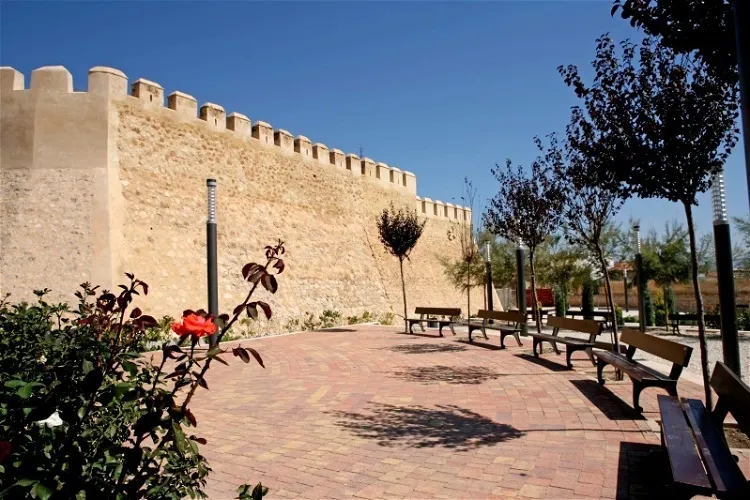
Castillo de Caudete
CaudeteThe Interpretation Center of the Cultural Heritage of Caudete is a municipal facility located in Albacete, Spain. It is dedicated to providing information about the geographical, historical, and cultural characteristics of the municipality. The center serves as a comprehensive source of knowledge about the region, making it a valuable resource for tourists interested in learning about the area's rich history and culture.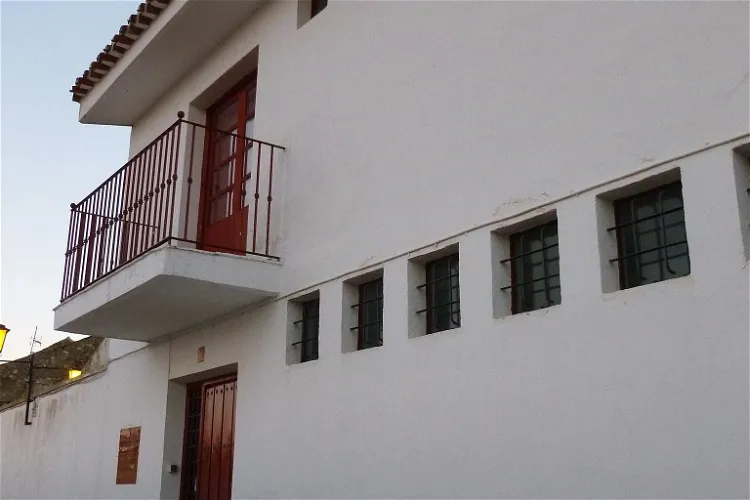
Museo de Cerámica Nacional
Chinchilla de Monte-AragónThe Museo de Cerámica Nacional de Chinchilla de Montearagón is a unique space dedicated entirely to the art of pottery and ceramics from all over Spain. It was established by the Belmonte-Useros couple, who traveled across Spain between 1973 and 1980, collecting pieces from active potteries during that period. This museum is a testament to the rich and diverse ceramic traditions of Spain, making it a fascinating destination for those interested in art, history, and culture.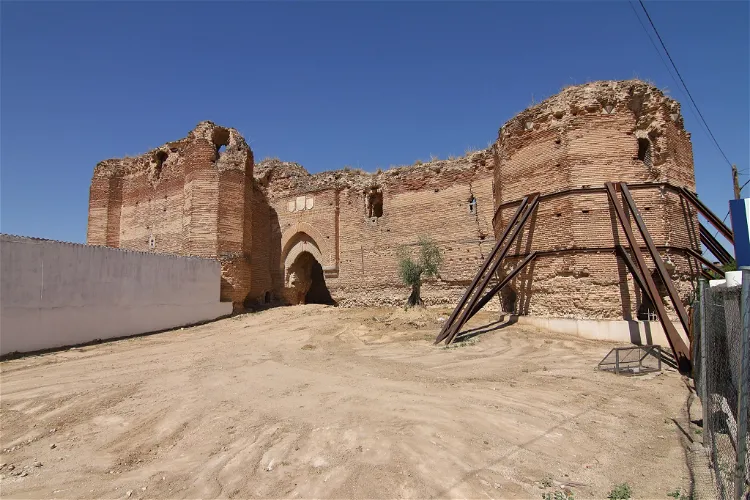
Castillo de Casarrubios del Monte
Casarrubios del MonteThe Castillo de Casarrubios del Monte is a historical fortification located in the Spanish municipality of Casarrubios del Monte. Today, the castle is in ruins, but it still stands as a testament to the region's rich history and architectural heritage.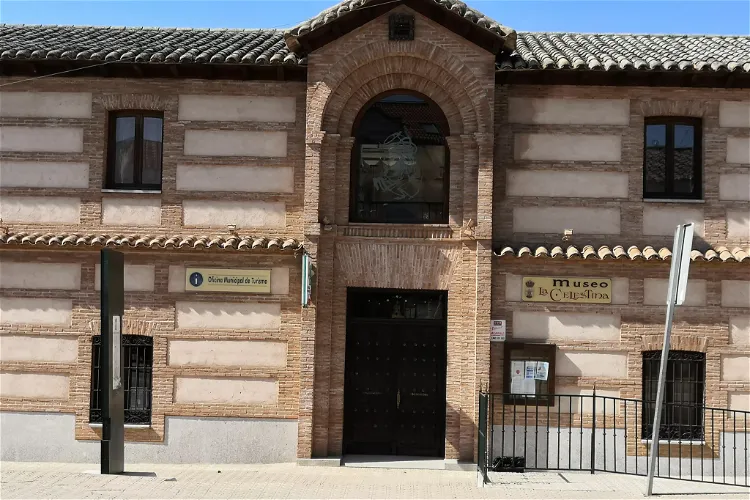
Museo la Celestina
La Puebla de MontalbánMuseo La Celestina, situated in La Puebla de Montalbán, Toledo, Spain, is a museum dedicated to the work of La Celestina and the life of its author, Fernando de Rojas. The museum aims to provide a glimpse into the city during the author's time, showcasing canvases with scenes from La Celestina and different editions of the work.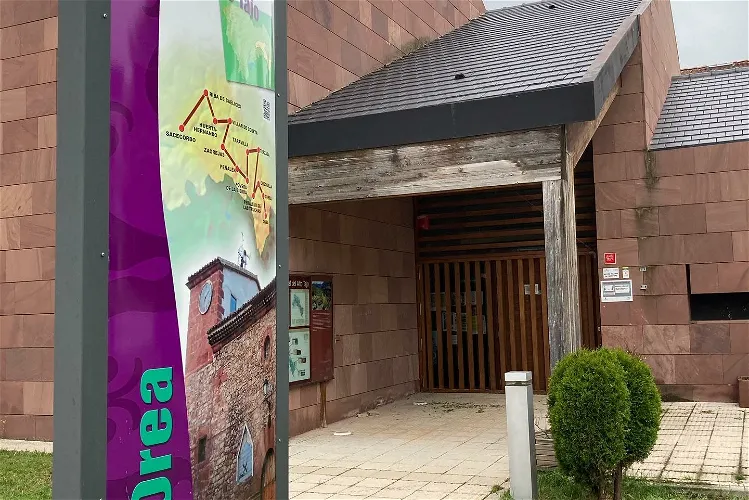
Centro de Interpretación Sequero de Orea
Orea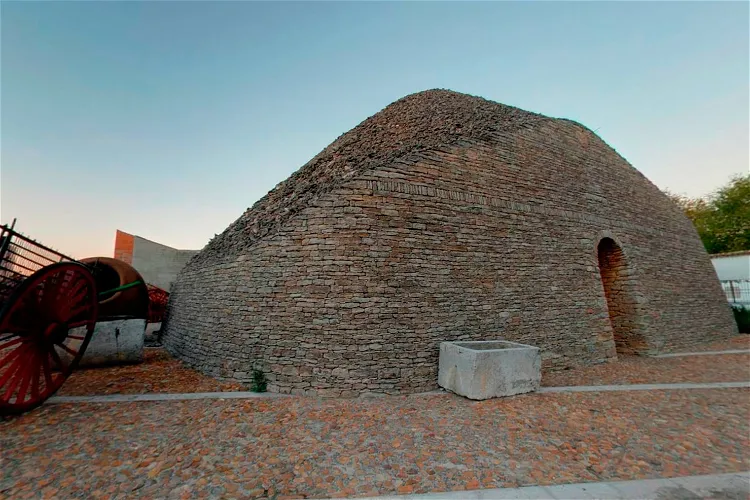
Wagon and Farm Tools Museum
TomellosoEstablished in the 1960s, the Wagon and Farm Tools Museum boasts a collection of over 400 objects that depict the agricultural and domestic life of the past. The collection includes graphic and photographic documents, providing a comprehensive view of the region's history.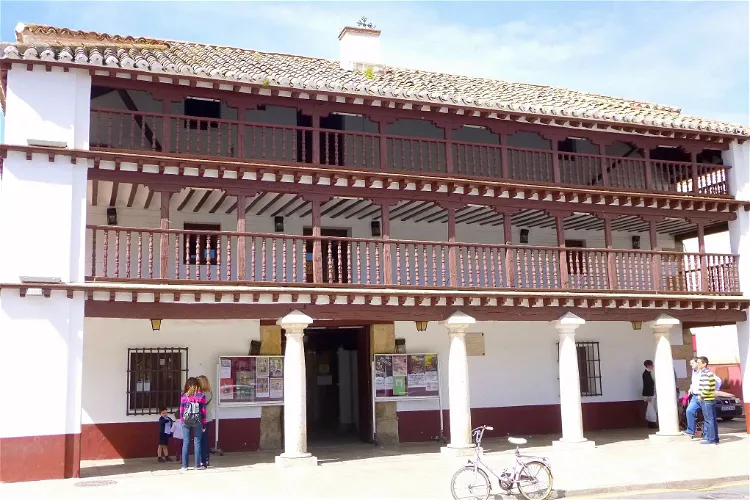
Posada de los Portales
TomellosoLa Posada de los Portales holds the status of a cultural interest site, indicating its importance in the cultural and historical landscape of Spain. The building's origins date back to the 17th century, making it a testament to the architectural styles and practices of the time.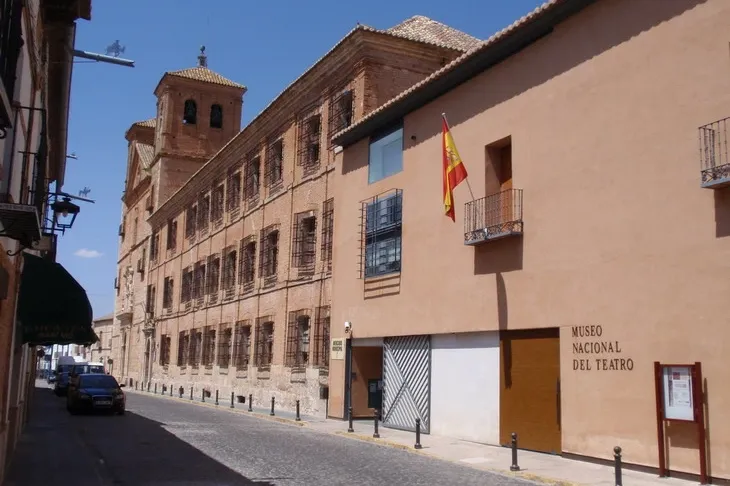
National Theater Museum
AlmagroThe National Museum of Theatre, located in Almagro, Spain, is an institution dedicated to the promotion and preservation of Spanish theatre. It serves as a testament to the rich history and cultural significance of Spanish theatre, providing visitors with an opportunity to delve into its past and understand its evolution.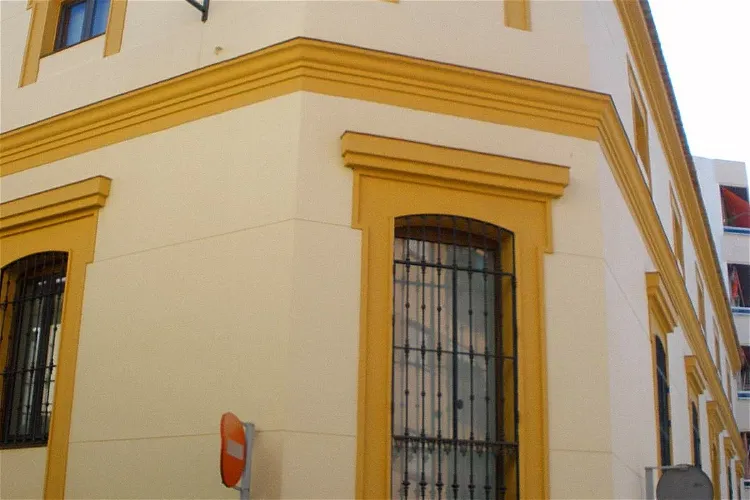
Regional Museum of Daimiel
Daimiel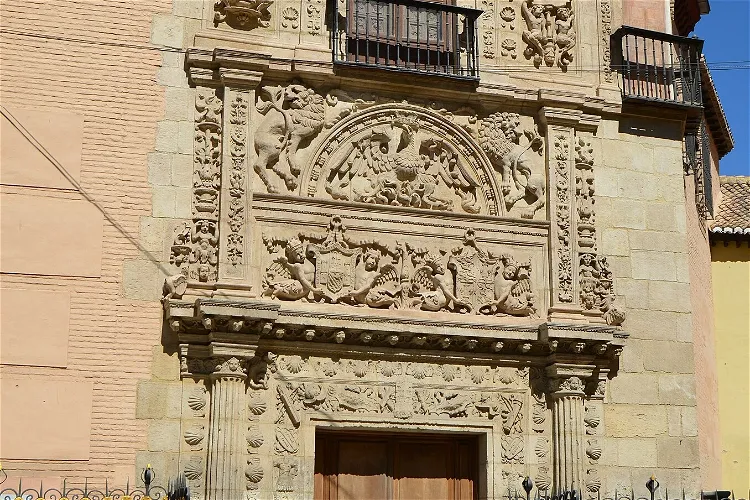
Alhambra Archeologic Museum
Alhambra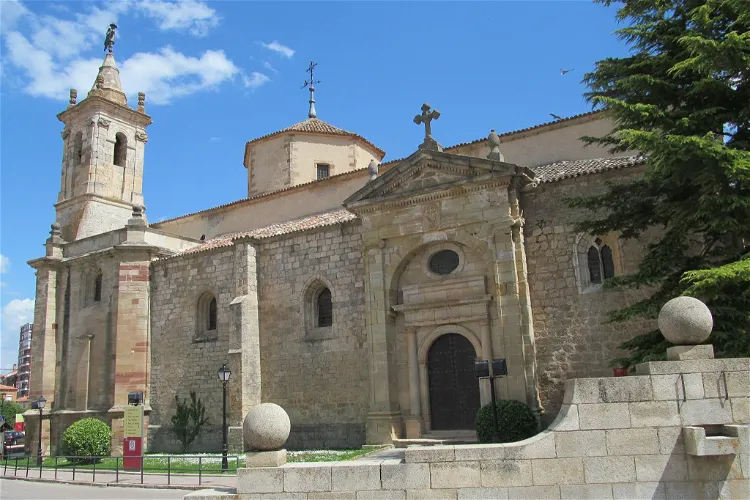
Monastery of Saint Francis
Molina de AragónThe Monastery of San Francisco de Molina de Aragón, founded in the late 13th century, is a significant historical site in the Spanish city of Molina de Aragón. Today, the building serves dual purposes. A large part of it is occupied by a Senior Residence, which is attended by the Sisters of Charity of Santa Ana. Additionally, a small section of the monastery houses the Regional Museum of Molina de Aragón, offering visitors a glimpse into the region's rich history.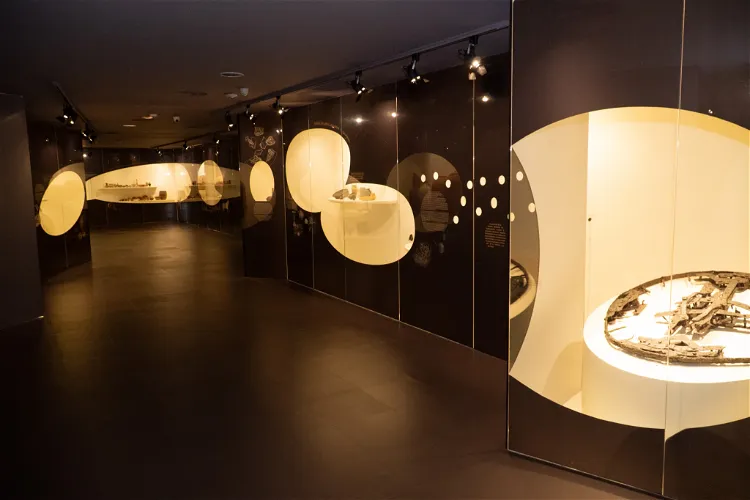
Parque Arqueológico de Libisosa
Lezuza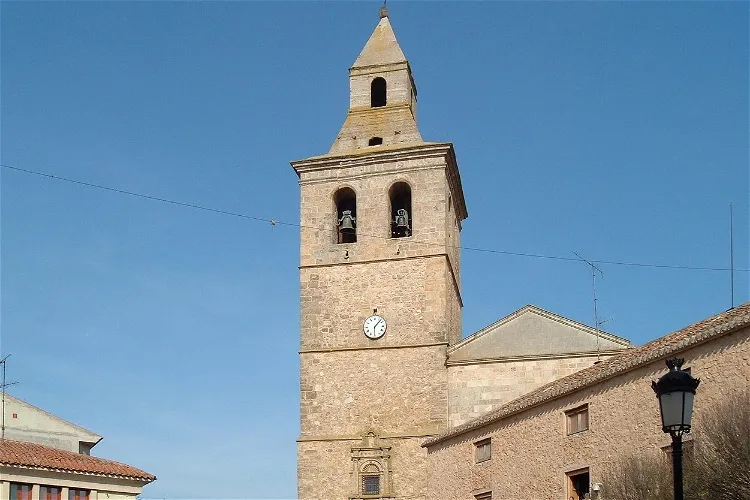
Church of Santa Catalina
El BonilloThe Church of Santa Catalina, situated in El Bonillo, Spain, holds a significant cultural value. It was recognized as Bien de Interés Cultural in 1992, a designation that marks it as a site of cultural interest in Spain. This recognition is a testament to the church's historical and architectural importance.- 67
Museo del Aceite
Mora - 68
Posada del Cordón
Atienza - 69
Ethnomuseum of the Peoples of Siberia and Central Asia
Las Ventas con Peña Aguilera - 70
Museo de Historia de Brihuega
Brihuega - 71
Museo Etnográfico
Alcoba - 72
Museo Etnográfico de Campillo de Altobuey
Campillo de Altobuey - 73
Archeological Local Museum of Consuegra
Consuegra - 74
Estatua de Andrés Iniesta
Fuentealbilla - 75
Museo Etnológico de Belvís de la Jara
Belvís de la Jara - 76
Saffron and Ethnographic Museum
Madridejos - 77
Museo Etnológico Municipal de Trillo
Trillo - 78
Chillarón Ethnographic and Industrial Archeology Museum
Cuenca - 79
Casa Museo del Administrador de la Mina de Sal
Minglanilla - 80
Ethnographic Museum of Ossa de Montiel
Ossa de Montiel - 81
Museo Etnográfico de Tiriez
Lezuza